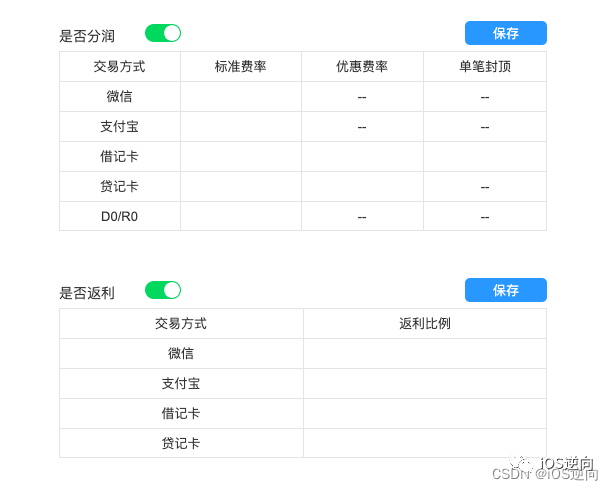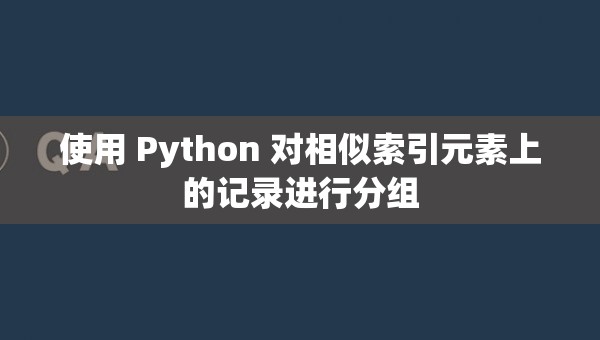可以使非标准评估在dplyr中用于filter_和count_,而不是distinct_。
可以使非标准评估在dplyr中用于filter_和count_,而不是distinct_。
提问于 2016-12-16 09:09:21
我正在尝试编写一个函数,它使用dplyr来计数z的所有唯一值。当我的变量实际名为z时,我的函数工作得很好。但是,如果变量名为x,则会出现一个错误(下面的代码)。
test.data<-data.frame(y=c(1:10),
x=c(letters[1:10]))
test.data$x<-as.character(test.data$x)
obsfunction<-function(z,y,data){
filter_(data,
!is.na(deparse(substitute(y))))%>%
distinct_(., deparse(substitute(z)))%>% #the line that breaks it
count_(.)
}
obsfunction(z=x,y,data=test.data)因此,上面的代码不起作用,并给出了以下错误:
>Error in eval(substitute(expr), envir, enclos) : unknown column 'z'在函数中将z更改为x(或将x重命名为z)使其工作,但我不想重新命名所有东西,特别是考虑到y具有不同的名称。
我已经尝试过按照格列奈特、这个问题和这个问题使用lazyeval::interp和这个问题()。
distinct_(lazyeval::interp(as.name(z)))%>%
>Error in as.name(z) : object 'x' not found
distinct_(quote(z))%>%
>Error in eval(substitute(expr), envir, enclos) : unknown column 'z' 我遗漏了什么?如何使z接受x作为列名?
回答 3
Stack Overflow用户
回答已采纳
发布于 2016-12-16 10:40:01
由于dplyr标准评估理解字符串,我尝试了下面的代码,并使用附加的测试数据,这似乎是可行的。首先提取变量名称,然后使用字符串构造表达式:
test.data<-data.frame(y=c(1:10),
x=c(letters[1:10]))
test.data$x<-as.character(test.data$x)
f <- function(z, y, data){
z <- deparse(substitute(z))
y <- deparse(substitute(y))
res <- data %>% filter_(
paste('!is.na(', y, ')', sep = '')) %>%
distinct_(z) %>%
count_(.)
}
x <- f(z = x, y, test.data)
# # A tibble: 1 × 1
# n
# <int>
# 1 10
test.data <- data.frame(
y=c(1:4, NA, NA, 7:10),
x=c(letters[c(1:8, 8, 8)]),
stringsAsFactors = F)
x <- f(z = x, y, test.data)
# # A tibble: 1 × 1
# n
# <int>
# 1 6Stack Overflow用户
发布于 2016-12-16 10:21:16
您可以使用match.call捕获函数参数,并在传递到dplyr函数之前将它们转换为字符:
obsfunction<-function(z, y, data){
cl = match.call()
y = as.character(cl['y'])
z = as.character(cl['z'])
data %>% filter_(paste('!is.na(', y, ')', sep = '')) %>%
distinct_(z) %>%
count_(.)
}
obsfunction(z = x, y = y, data = test.data)
# A tibble: 1 × 1
# n
# <int>
#1 10
obsfunction(x, y, test.data)
# A tibble: 1 × 1
# n
# <int>
#1 10Stack Overflow用户
发布于 2016-12-16 12:37:45
另一个lazyeval/dplyr变体,变量作为公式传递,而f_interp用传递给它的公式替换uq(x),类似于deparse(substitute(x))
library(dplyr)
library(lazyeval)
test.data<-data.frame(y=c(1:10),
x=c(letters[1:10]))
test.data$x<-as.character(test.data$x)
obsfunction<-function(z, y, data){
data %>% filter_(f_interp(~!is.na(uq(y)))) %>%
distinct_(f_interp(~uq(z))) %>% count()
}
obsfunction(z=~x,~y,data=test.data)
#A tibble: 1 × 1
# n
# <int>
#1 10
test.data.NA <- data.frame(
y=c(1:4, NA, NA, 7:10),
x=c(letters[c(1:8, 8, 8)]),
stringsAsFactors = FALSE)
obsfunction(z=~x,~y,data=test.data.NA)
# # A tibble: 1 × 1
# n
# <int>
# 1 6页面原文内容由Stack Overflow提供。腾讯云小微IT领域专用引擎提供翻译支持
原文链接:
https://stackoverflow.com/questions/41189234
复制相关文章
点击加载更多
相似问题












